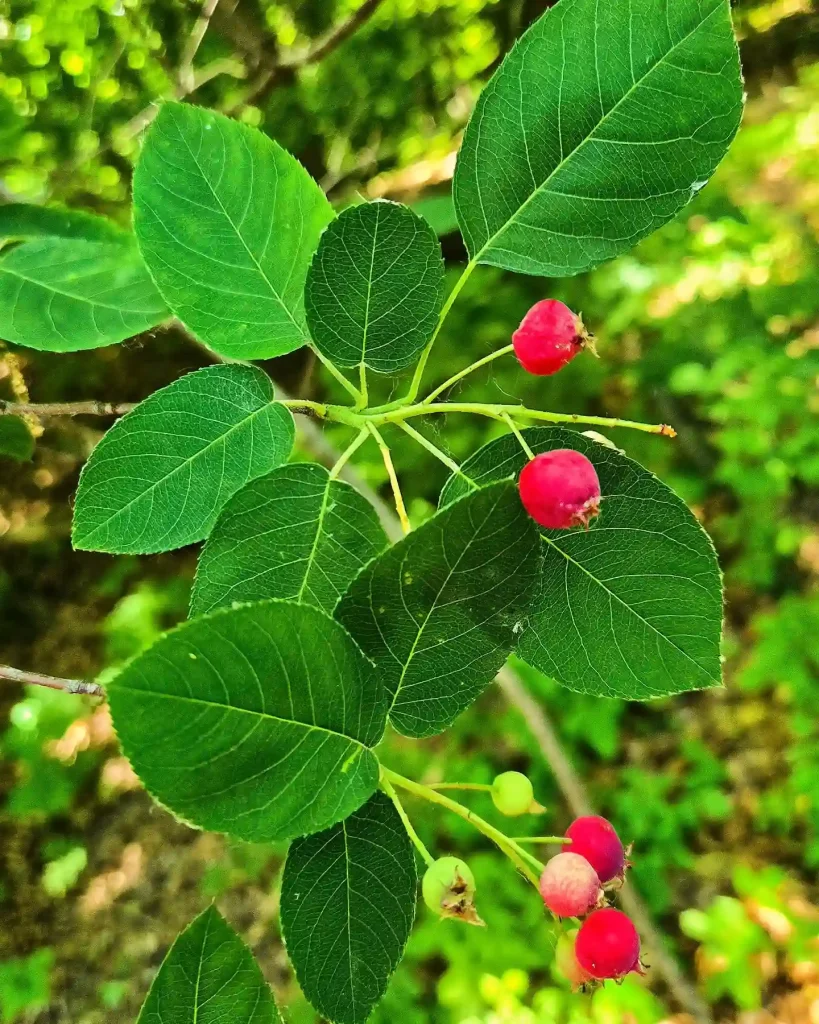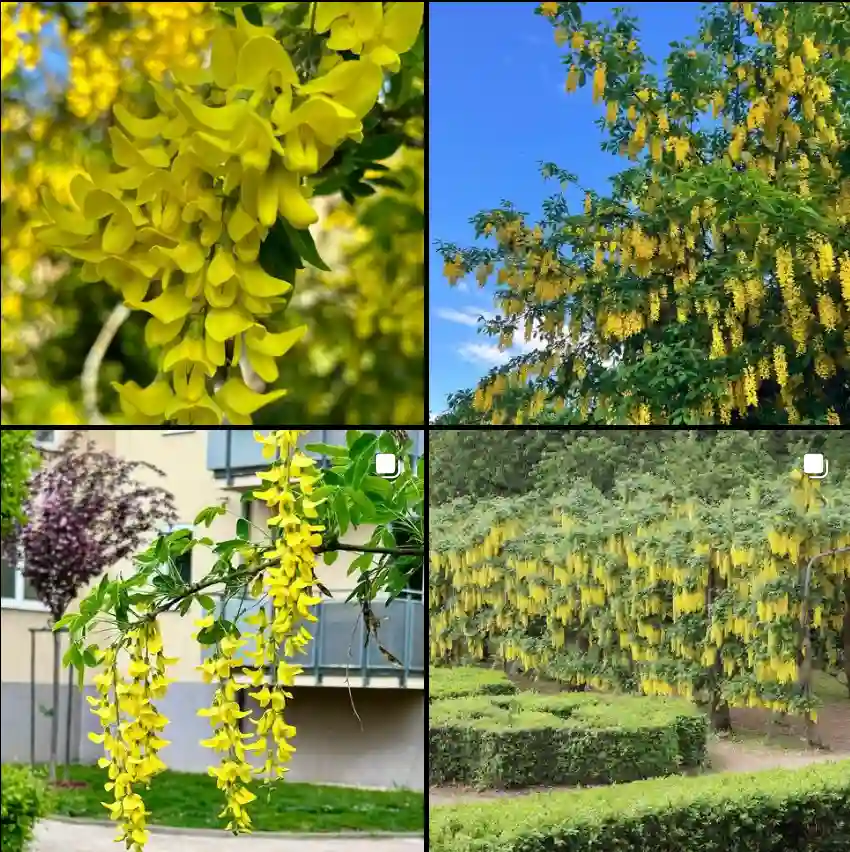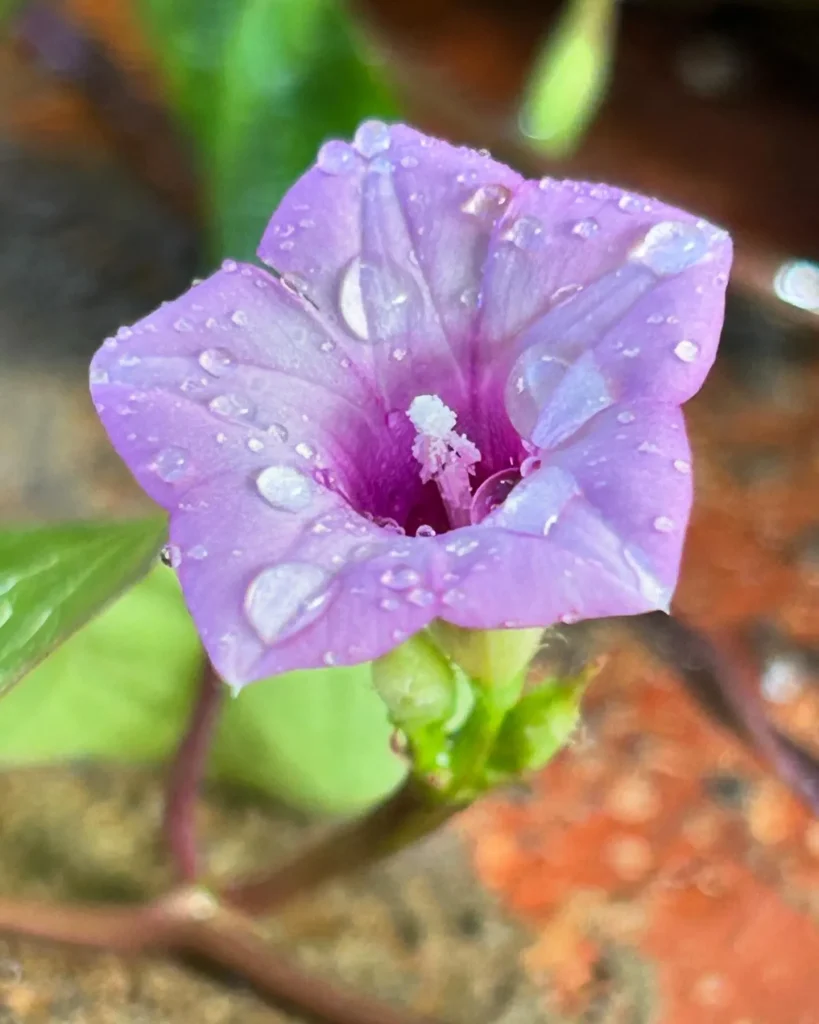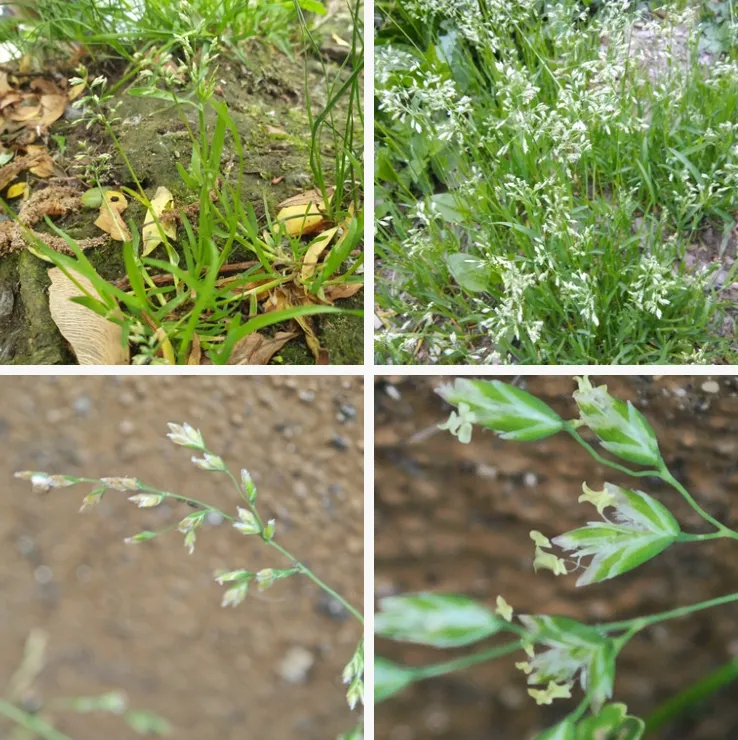The Resurrection Fern: A Plant That Cheats Death (But Isn’t One-celled)
As a plant enthusiast, I’m always on the lookout for unique and fascinating additions to my collection. That’s how I stumbled upon the Pleopeltis polypodioides, better known as the resurrection fern. This little marvel has captured my imagination with its ability to seemingly cheat death. But before we delve into its resurrectionist ways, let’s address a common misconception: Is Pleopeltis polypodioides made up of one cell? No, it’s not! This fern, like all multicellular organisms, is a complex structure with many specialized cells working together.
Now, on to the truly fascinating aspects of this fern.
From Crispy to Comeback Kid: The Resurrection Process
The resurrection fern’s name perfectly encapsulates its most remarkable feat. During dry periods, it appears to die. The fronds (leaves) curl up and turn brown, resembling a desiccated clump. But here’s the magic: with the return of moisture, the fern literally resurrects! The fronds unfurl, regain their vibrant green color, and resume their photosynthetic activity.
This ability to withstand extreme dehydration and spring back to life is a remarkable adaptation. It allows the resurrection fern to thrive in environments with unpredictable rainfall patterns, such as dry forests and rocky outcrops.
Unveiling the Secret: Desiccation Tolerance
So, how does the resurrection fern pull off this disappearing act? The secret lies in its unique cellular physiology. During dry periods, the fern undergoes a process called desiccation tolerance. It actively removes water from its cells, replacing it with compatible solutes. These solutes, like sugars and certain proteins, act as protectants, preventing cellular damage during dehydration.
Think of it like packing away your furniture before a storm. By removing the water, the fern essentially puts its cellular machinery on hold, minimizing the risk of damage. When moisture returns, the fern reverses the process, rehydrating its cells and resuming normal function.
Beyond Resurrection: A Look at the Plant Itself
While the resurrection ability is certainly the star of the show, the Pleopeltis polypodioides is an attractive fern in its own right. It’s an epiphyte, meaning it grows on other plants for support, not nutrients. In the wild, you’ll find it clinging to tree trunks, rocks, and even man-made structures like fences.
The fronds are typically lance-shaped, with a coarse texture and a beautiful green hue. Depending on the variety, they can range from a few inches to a over a foot in length.
How to care for Pleopeltis Polypodioides?
If you’re intrigued by this fascinating fern and want to add it to your collection, here’s the good news: Pleopeltis polypodioides is a relatively easy plant to care for.
Light: The resurrection fern prefers indirect sunlight or dappled shade. Avoid harsh, direct sunlight, which can scorch the fronds.
Water: Here’s where the fern’s resurrection trick comes in handy. You don’t need to maintain a constantly moist environment. Water thoroughly when the fronds become dry and crispy, then allow them to dry out partially between waterings.
Humidity: Moderate to high humidity is ideal. If your home environment is dry, consider misting the fern regularly or using a pebble tray to increase humidity around the plant.
Mounting: Since it’s an epiphyte, you can mount your resurrection fern on a piece of driftwood, a cork bark plaque, or even a hanging basket filled with sphagnum moss.
How to propagate Resurrection Fern?
The resurrection fern can be propagated through spores, a process that requires patience and controlled conditions. However, a much easier method is division. Simply detach a healthy section of the fern with some roots attached and mount it separately.
A Perfect Partner: Companion Plants for the Resurrection Fern
The resurrection fern’s unique needs and compact size make it a great candidate for terrariums. Here, it can thrive in a consistently humid environment alongside other shade-loving plants like bromeliads, mosses, and small orchids.
Conclusion: A Fern Unlike Any Other
The Pleopeltis polypodioides is a true botanical marvel. Its ability to survive desiccation and revive with renewed vigor makes it a fascinating conversation starter. Beyond its resurrectionist act, it’s a beautiful and relatively low-maintenance fern that adds a touch of the exotic to any indoor space. So, if you’re looking for a unique and resilient plant to add to your collection, the resurrection fern might just be the perfect choice.
If i die, water my plants!



